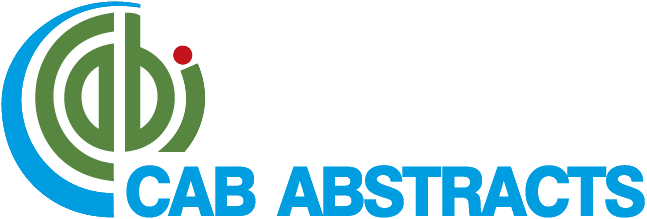Addressing the Social Health of the Elderly Population through the Media in Buenos Aires
DOI:
https://doi.org/10.56294/cid202238Keywords:
Journalistic Relevance, Elderly, MicroethnographyAbstract
Introduction: the sources, modes of production and circulation of information in the journalistic field represent an alienated system, intervened and sifted by multiple processing filters, which make the presence of news relativized and contextualized in the light of the relevance that the interlocutors (consumer society) adopt from that cut of reality provided by the press in its various structural forms of dissemination.
Objective: to gather from journalistic sources available information related to the elderly in the Autonomous City of Buenos Aires.
Methods: the data collection work is applied to the territory corresponding to the Autonomous City of Buenos Aires, through the system of newspaper libraries that keep the journalistic sources: newspapers in force, constituting the data collection tools as a testing system of the available information, whose search criteria required a priori the determination of key words such as: elderly, old age, aging, geriatric, retired, elderly, gerontology, geriatrics, geriatrics, third age, longevity, long-lived, old, senitude and geronte.
Results: we found values of informational presence in the press media that followed the structure of a taxonomy of thematic categories of the publications related to the search criteria according to the selected keywords, where the predominance of the police section was obtained in 20 %, in second place the health section and general information with 12 % respectively, and in smaller proportion the categories politics, economy, shows, international and supplements in 8 % each, and finally the editorial areas of opinion, cities, readers' letters and Argentina reached 4 % of available publications.
Conclusions: in the information society, the presence of news and informative material reveals, on the one hand, the ideological positioning of journalistic sources within the reach of the community and, on the other hand, of health professionals who are nourished by them to recognize the reality reported in the mass media, such as the press
Published
Issue
Section
License
Copyright (c) 2022 Carlos Oscar Lepez, María Ester Gómez, Irene Amelia Simeoni (Author)

This work is licensed under a Creative Commons Attribution 4.0 International License.
The article is distributed under the Creative Commons Attribution 4.0 License. Unless otherwise stated, associated published material is distributed under the same licence.






